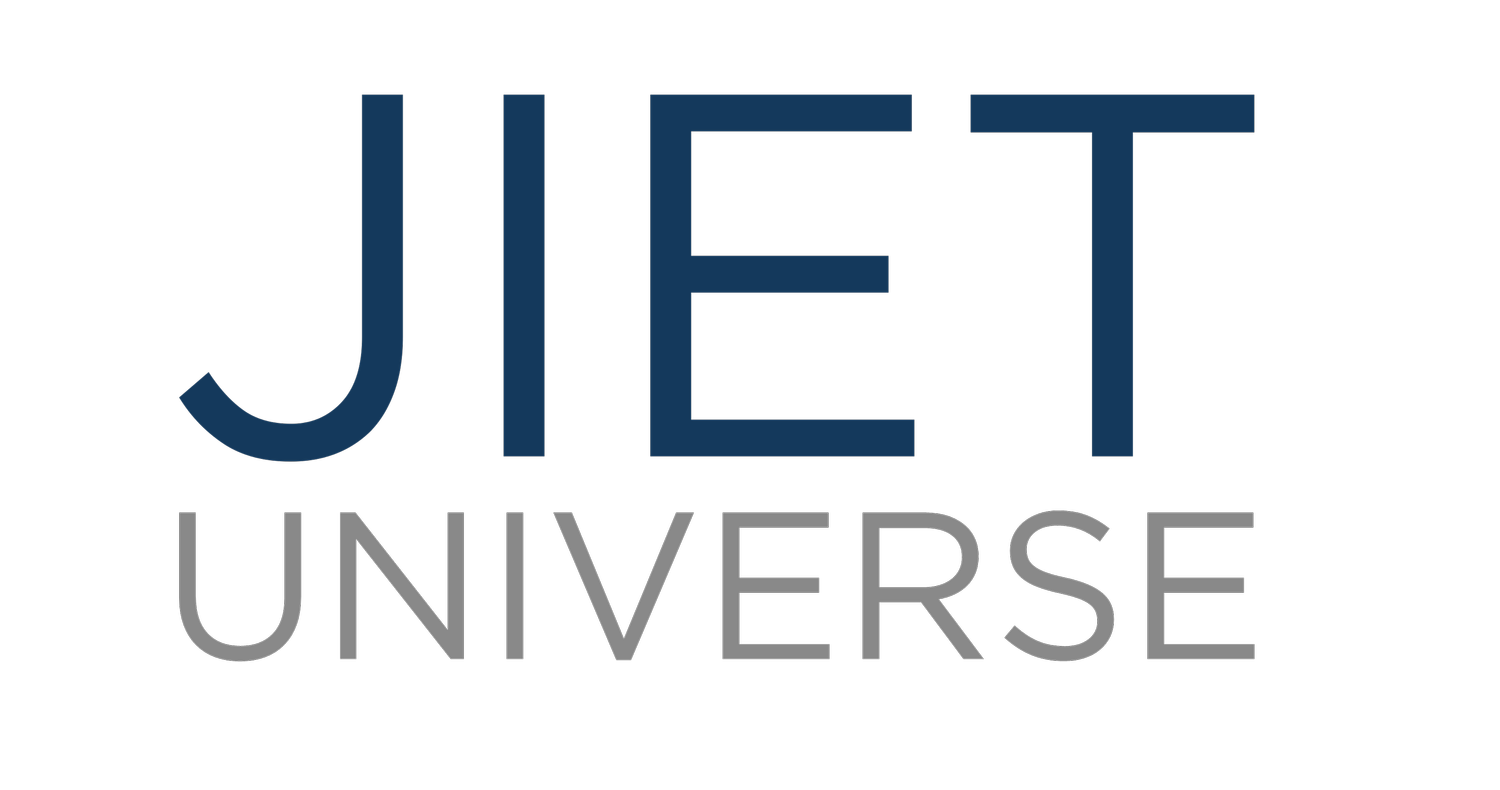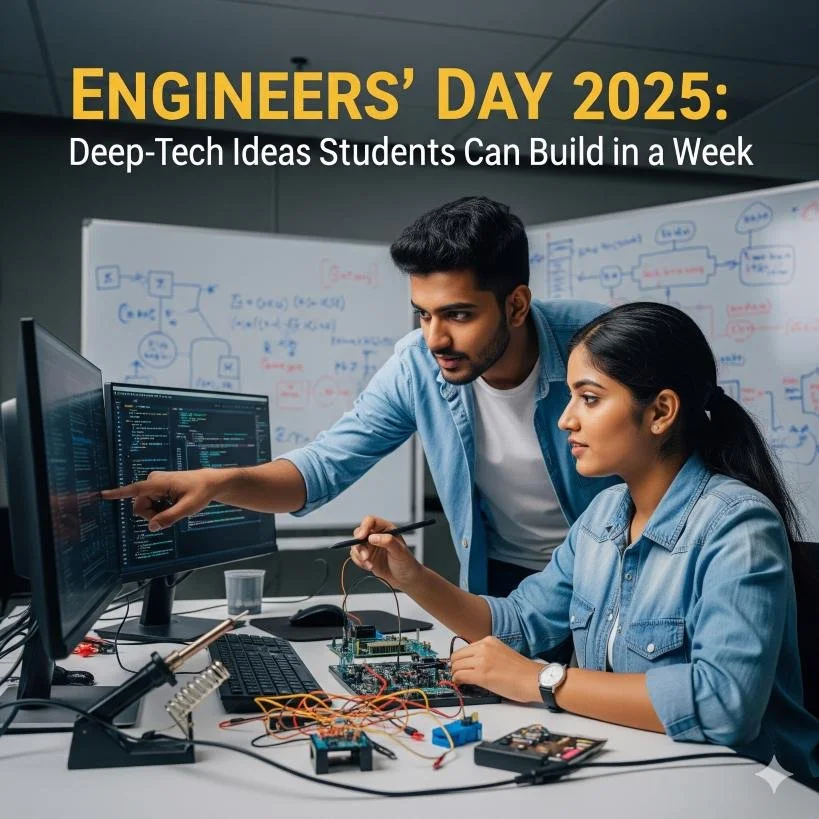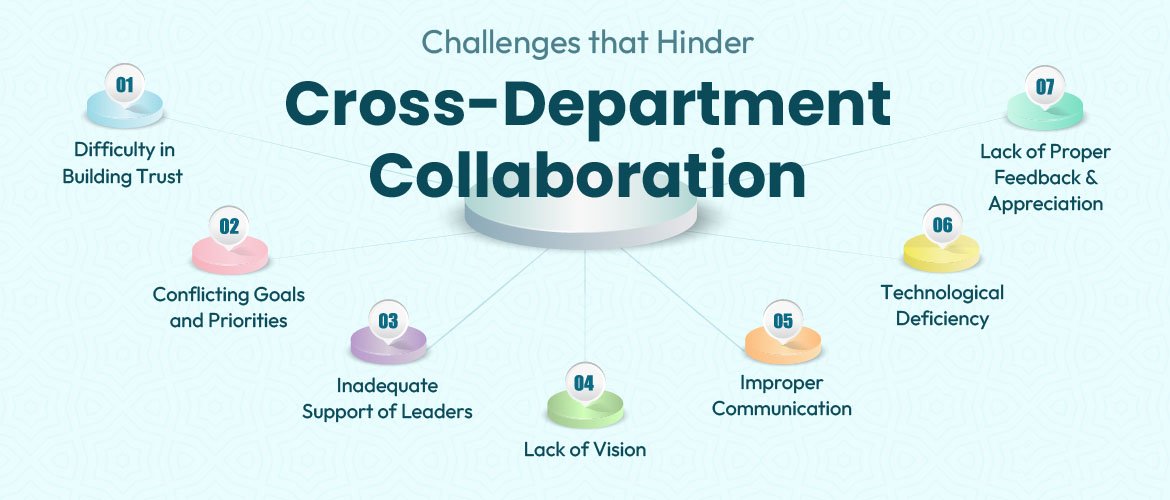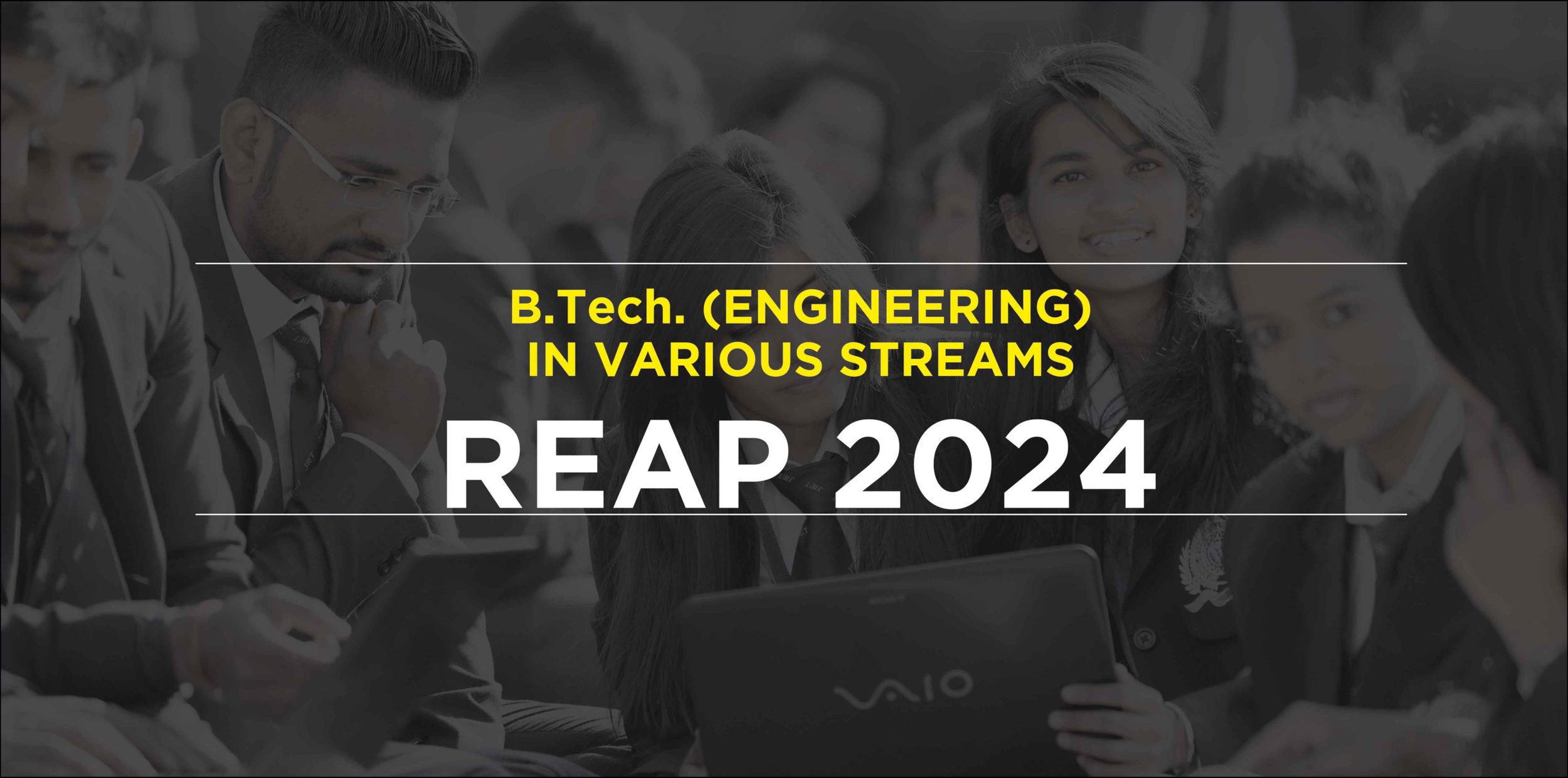Importance of Interdisciplinary Learning: Cross-Department Collaboration at JIET Universe
In today’s dynamic world, the boundaries between academic disciplines are becoming increasingly blurred. Addressing real-world problems often demands more than expertise in a single subject. Interdisciplinary learning—the practice of integrating knowledge and approaches from multiple fields—has emerged as a key strategy for developing future-ready graduates.
At Jodhpur Institute of Engineering & Technology (JIET), this approach is not just encouraged—it’s embedded in the academic culture. Cross-department collaboration is actively promoted, enabling students to broaden their perspectives, sharpen problem-solving abilities, and become well-rounded professionals.
Why Interdisciplinary Learning Is Crucial
Tackling Complex, Real-World Problems
Many challenges—such as climate change, health care, or smart city development—are multifaceted and cannot be solved through a single-discipline lens. For instance, a project on sustainable energy may require:
Engineering skills to develop efficient technology
BCA knowledge for software and digital systems
Management strategies for project execution
Design inputs to promote sustainable living and awareness
At JIET, students are trained to integrate such diverse insights, equipping them to solve problems holistically.
Sparking Innovation and Creativity
When disciplines intersect, innovation often follows. Combining ideas from fields like engineering and business, or fashion design and technology, opens possibilities that wouldn’t emerge in siloed thinking. JIET provides students the platform to explore such intersections, nurturing an innovative mindset essential for today’s entrepreneurial and tech-driven landscape.
Developing Teamwork and Communication Skills
Modern workplaces thrive on collaboration among professionals from different domains. Interdisciplinary learning at JIET mirrors this environment. Students engage in group projects that require effective communication, shared problem-solving, and mutual respect—skills that are vital in any professional setting.
How JIET Universe Encourages Interdisciplinary Collaboration
Integrated Curriculum
JIET’s academic structure promotes interdepartmental learning. Students often take part in joint projects, encouraging them to apply their core knowledge while learning from peers in other disciplines.
Industry Projects and Partnerships
Through active collaboration with industry leaders, JIET students work on real-time challenges. These projects often require a mix of technical, business, and creative inputs—giving students valuable experience in collaborative, interdisciplinary environments.
Hackathons, Workshops, and Events
The institute regularly hosts innovation challenges, design sprints, and technical workshops. These events bring together students from engineering, management, computer applications, and design, encouraging them to co-create and solve problems from various angles.
Collaborative Innovation Spaces
To further encourage teamwork across disciplines, JIET Universe has established dedicated spaces such as innovation labs, design studios, and project zones. These collaborative environments foster experimentation, prototyping, and shared learning.
Career Advantages for JIET Universe Students
Employers today seek graduates who can think across boundaries, adapt quickly, and work in cross-functional teams. Thanks to its interdisciplinary ecosystem, JIET graduates are well-positioned for success across a variety of fields—be it technology, design, business, data science, or entrepreneurship.
Students not only gain domain expertise but also the ability to see the bigger picture—making them valuable assets in any organization.
Conclusion
By embracing interdisciplinary learning, JIET Universe is preparing its students for the future—one that values adaptability, creativity, and collaboration. Through cross-department initiatives and real-world exposure, students become agile thinkers and innovative problem-solvers. This forward-thinking approach sets JIET apart as an institution that cultivates leaders equipped to navigate and shape tomorrow’s complex world.






















